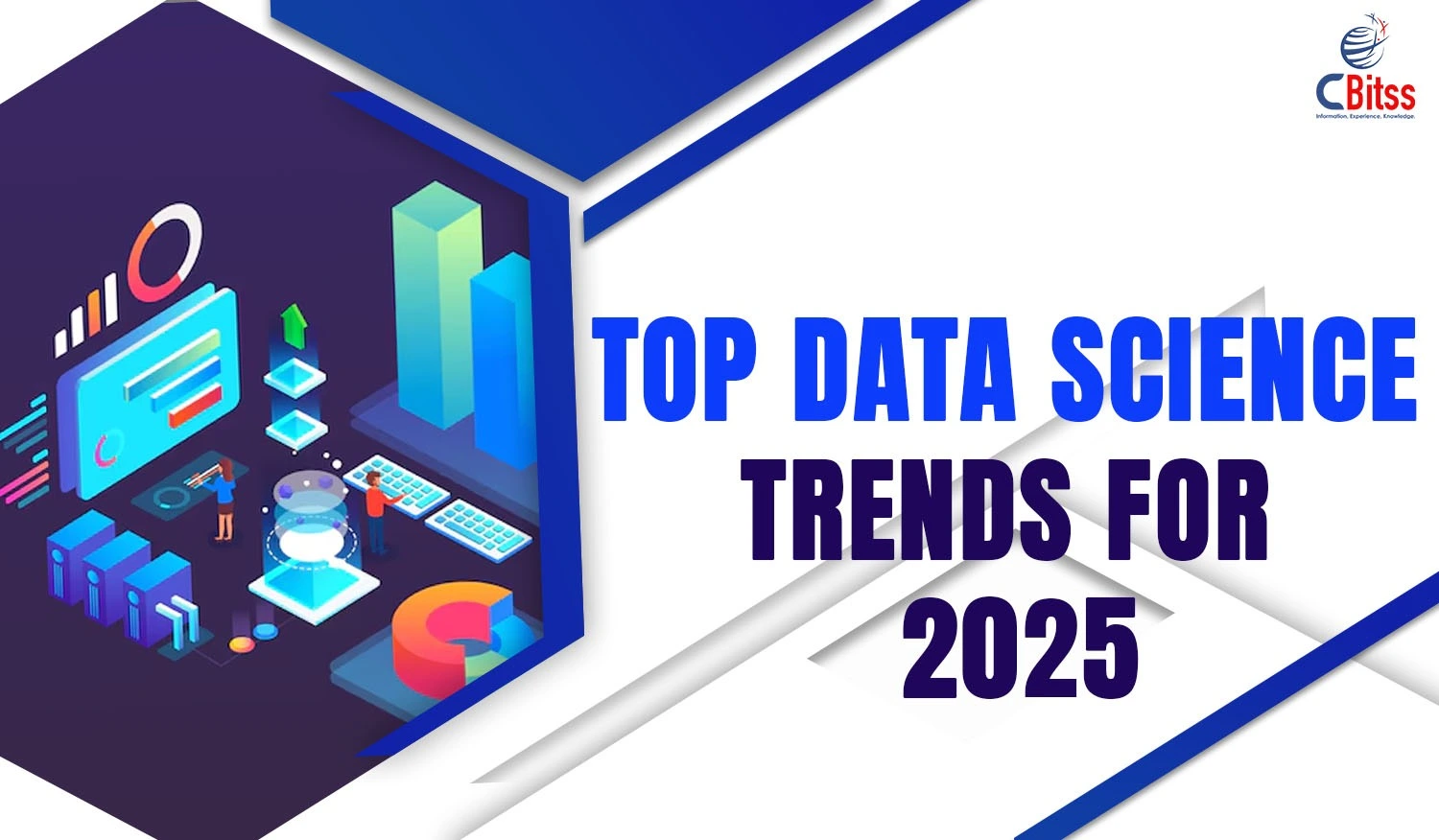As we progress into 2025, data science has remained a swiftly growing field as we see today. In the current business world, competition has made organizations turn to analytical tools to run their activities efficiently. Technological, machine learning and AI advancements are such that data scientists have no need to be stagnant in their ways. In this blog, we’ll discuss what the Top trends in data science would be in 2025. Along with their potential implications. Also, learning a Data Science course in Chandigarh will be of utmost importance due to the futuristic scope in this field.
1. AI and Machine Learning at the Core of Data Science– Data science has already embraced AI and ML. It has greater potential to invest in 2025. Today, companies increasingly adopt these technologies to streamline processes, predict customer behavior, and enhance decision-making efficiency. The future of ML models will be only better, with a deeper integration into business processes by, for instance, 2025.
Also, the development of explainable AI (XAI) is also the emerging key to increase the transparency of the machine learning models. This trend will increase trust in AI decisions, especially in critical fields like health and finance, where decisions are crucial.
2. Automated Data Science – Other trends that are emerging in data science include automation In data science. By 2025, the field of automated machine learning can also be expected to be more prevalent. AutoML tools simplify machine learning by automating data cleaning, feature extraction, model selection, and enabling use without expert input.
The benefit of AutoML is that much time and effort is saved, and it doesn’t necessarily require a highly skilled person to create and implement ML models. Consequently, data scientists will not have to worry over low level tasks. Instead they can concentrate on interpretation of results and ensuring that models fit the business requirements.
3. Data Privacy and Security– The rights of personal data and information security remain two of the most significant issues in the modern world. Due to the enormous amounts of data being collected and stored, organizations today are under pressure to deal with many issues. Those related to data collection, storage and protection of information. Therefore, to protect their operations, academic and industry-oriented data science personnel will need to enhance privacy by design by including security protocols to major operations.
4. Edge Computing for Real Time Data Processing- Data scientists can decrease latency, improve speed of decision making and decrease the amount of information that has to be transmitted through performing computations at the edge. It becomes particularly useful for the highly relevant use cases such autonomous automobiles, smart cities, and healthcare, which require real-time data. With the continued advancement of edge computing, it should, therefore, emerge as an integral part of data science solutions today.
5. Data Democratization- Analytical professionals will move from the role of data stewards to data facilitators. These platform will allow users to browse datasets, analyze them, and even construct machine learning models without outside help. On the other hand, more data will become directly accessible to users. Attributes will be focused on teaching the user basic data literacy and ethical considerations. In this way, with aiding help of the proper representation of the data, organizations can limit data democratization risks.
6. Augmented Analytics- Augmented analytics tools will help data scientists again in terms of data preprocessing, feature engineering and even forming hypotheses. This will enable them to concentrate on result analysis and gaining insights for business use. Furthermore, augmented analytics will enable business users to discover insights on their own and enable faster decision-making at every level of the firm.
7. NLP is a subset of AI– Another subfield that is developing very actively at the moment is natural language processing (NLP). Our forecast predicts NLP models will improve by 2025, enabling better understanding and generation of human language than ever before. Such enhancements will also help in the generation of business value and knowledge from large volumes of unstructured information. All including customer feedback, social media updates and call centre transcripts.
8. Synthetic Data- The need for large data in AI models and privacy concerns drives synthetic data’s expected rise in 2025 solutions. Synthetic data, also known as synthetic records or artificial data, replicates original data sets. And It has stochastically similar characteristics as the actual data but lacks the sensitive data.
Synthetic data helps data scientists to train machine learning models to avoid pitfalls inherent in using actual data. This trend will greatly benefit markets like the health market, where patients have restricted data access. Synthetic data will also aid in dealing with data shortage issues and hence lead to the creation of improved models of Artificial intelligence.
Therefore, The coming future of up to 2025 will shape data science through new innovations.
AI and machine learning will expand applications in business, while automated tools will make data science accessible to everyone. As data privacy, edge computing, augmented analytics becomes more important, data scientists will experience new opportunities and difficulties. This approach enables businesses to extract more value from data and maintain a competitive edge in a globally data-driven economy.


